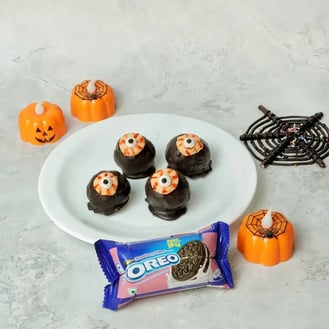- Home
- Articles
- Discover the Story Behind Chocolate Eclairs and Learn How to Make Them at Home With This Guide!
French dessert making is an art and the chefs behind them are artists who took their time with each of them, including eclairs.
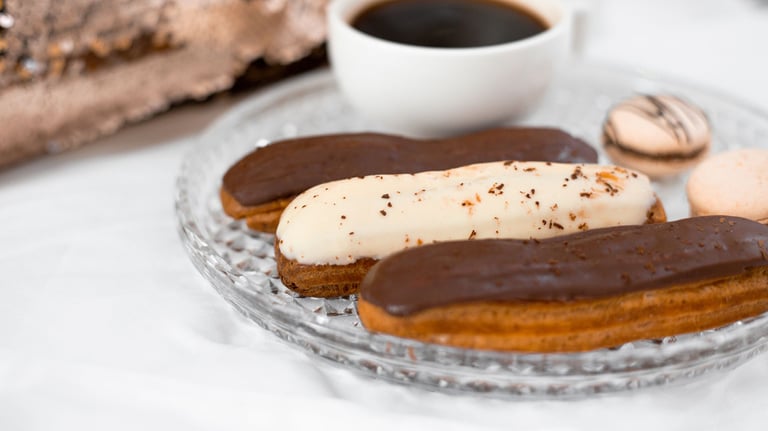
“Eclair” means lightning bolt in french, a name said to represent the glistening light on the fondant that looked like lightning bolts. If you've been around and following the obscure “dessert days” then you know this goes, we indulge and rejoice in the history of a dessert then follow it with a recipe you can recreate to celebrate the day. However for this one, eclair, let's avoid the complications and rely on the expertly made store-bought variety instead.
What is it?
The choux pastry dough is the key component that defines an éclair. This dough is also used for cream puffs, profiteroles, and gougères. Unlike bread doughs leavened with yeast or chemical leaveners, choux pastry gets its rise and airy interior solely from the production of steam during baking.
To make the dough, milk, water, sugar, salt, and butter are boiled together. Flour is then incorporated into the hot liquid mixture. After cooling slightly, eggs are added. The dough is then piped into log shapes on a baking sheet for eclairs, or spooned into mounds for cream puffs. High oven heat causes the moisture in the dough to turn to steam, creating the puffed, hollow interior texture.
The baked choux shells are crisp on the exterior but light and airy inside. This exterior provides structure for adding fillings and icings. A thick pastry cream filling prevents sogginess. The top is iced with a hardening glaze like fondant or ganache to allow easy handling. Decorative toppings can add extra flavors.
The Story of The Eclair
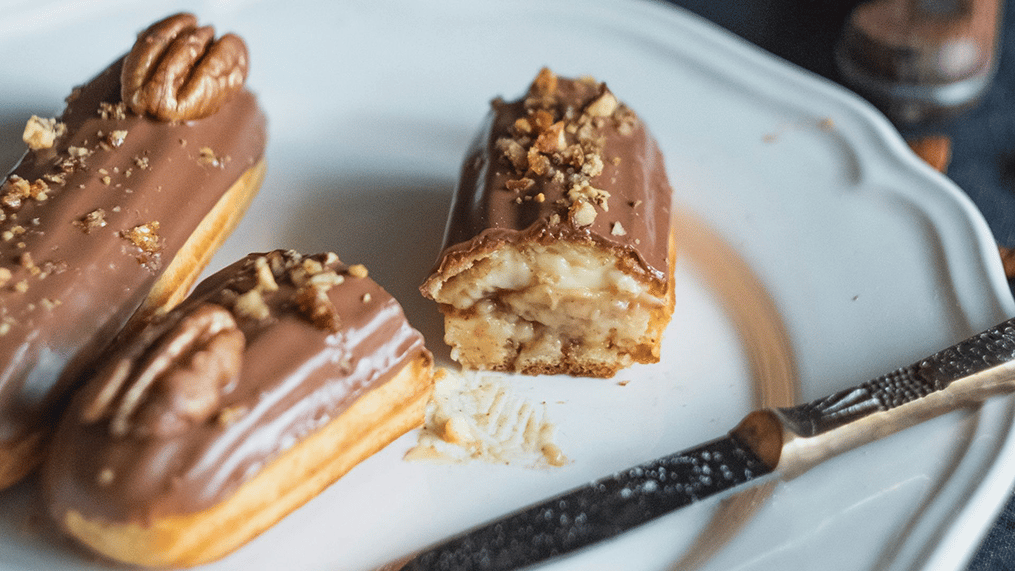
The word “éclair'' emerged in the 1860s, referring to the pastry formerly called petite duchesse in France. Eclair was adapted from the duchesse that looked similar to the modern eclair but with subtle distinctions. These were originally called “pain à la duchesse” until the 1850s. Back then before the addition of chocolate, the duchess had a choux pastry that defined the dessert, and it used to be rolled in almonds and shaped like fingers.
It was likely created by French chef Marie-Antoine Carême, a pastry chef for the French royals, who also created desserts like the Charlotte Russe, Croquembouche and Napoleon cake. From a young age he was said to be sculpting edible structures and fancy jellies and one-of-a-kind-cakes. He was a celebrity chef in his own right and one of a kind, cooking since his adolescent years and therefore he is an integral part in the history of French cuisine. It was his idea to remove the almonds and instead garnish the choux pastry with coffee custard or chocolate and smother it with fondant icing. He also filled the eclair with cream or apricot jam.
The English Twist
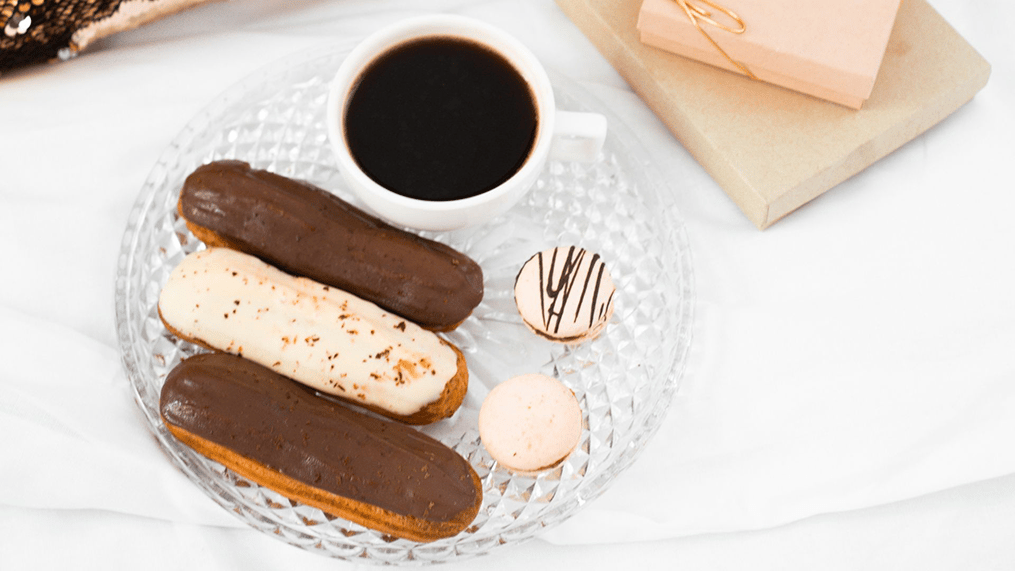
The first English print reference was in Vanity Fair in 1861, and then the Boston Cooking School Cook Book in 1884. The name really suits the petit dessert because it's literally eaten in a flash owing to its delicious taste.
In the modern world, the eclair is regaining popularity and can now be filled with trends like matcha tea or mocha cream. The tops may be decorated with fresh fruit and fruit glazes. Frozen eclairs with ice cream fillings exist too.
Tips On Making Eclairs: Easy Sweet Dish Recipe
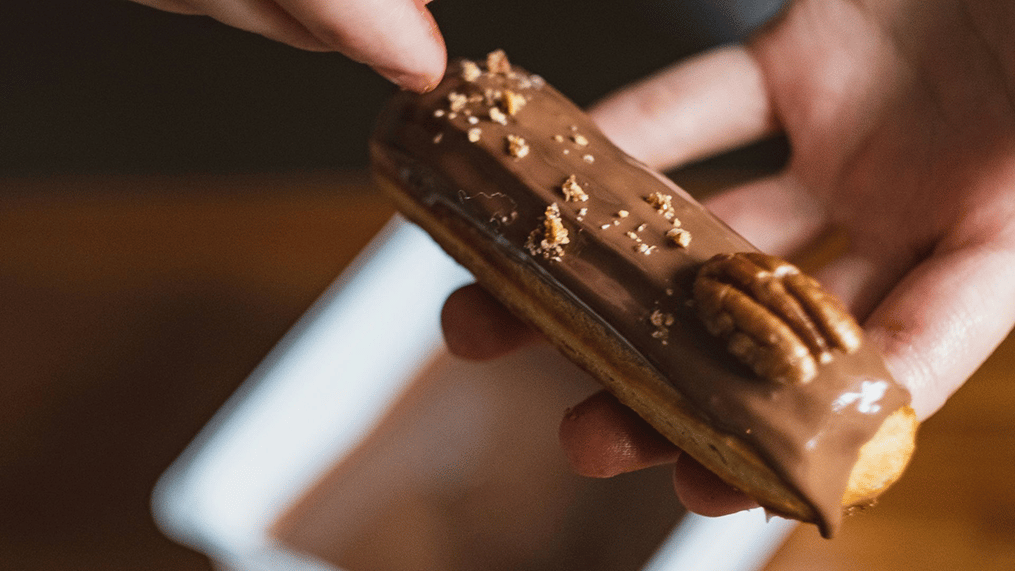
If you are confident enough to make the time consuming and delicate eclairs, here are a few tips, because unlike most desserts there's zero, zilch shortcut to make this one. Here are some tips to get you started.
- Practice before making the final batch of eclairs for your party or get together. It's the choux pastry part that is the hardest to get right, start with that, for they use the steam to puff up not yeast in the dough.
- Get the butter right, chop it into even sized, smaller pieces to help it melt quicker and the dough to absorb its moisture before the water in it can evaporate.
- While the flour cooks, something called “panade” happens where it forms a ball and starts to detach from the sides of the pan. This is how you know the moisture in the dough is just right.
- The flour mixture needs to cool down before adding the eggs. You will have cooked eggs in your dough otherwise from the heat. Also, add the eggs one at a time and mix after adding the next otherwise you'll get a runny mixture that will be difficult to assimilate.
5. The best part about the choux pastries is you can make them ahead for at least 2 days to save the last minute hassle of making them.
Like This Article?
More Like This
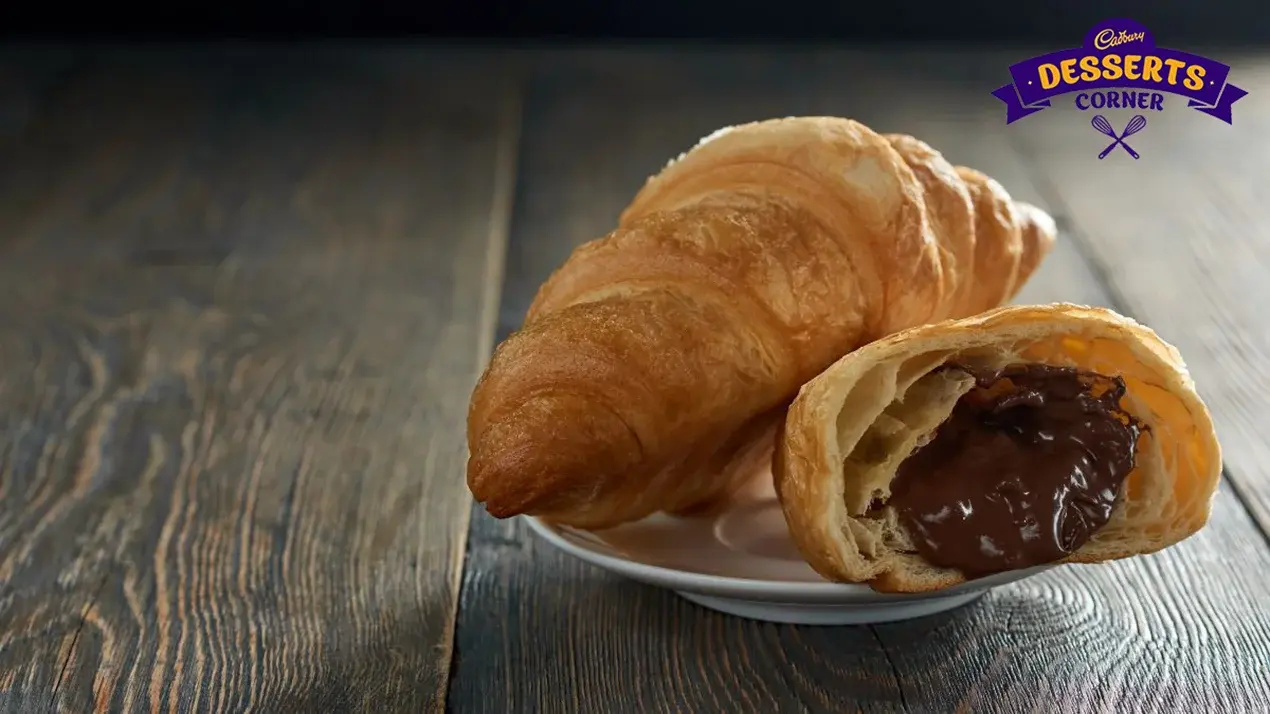
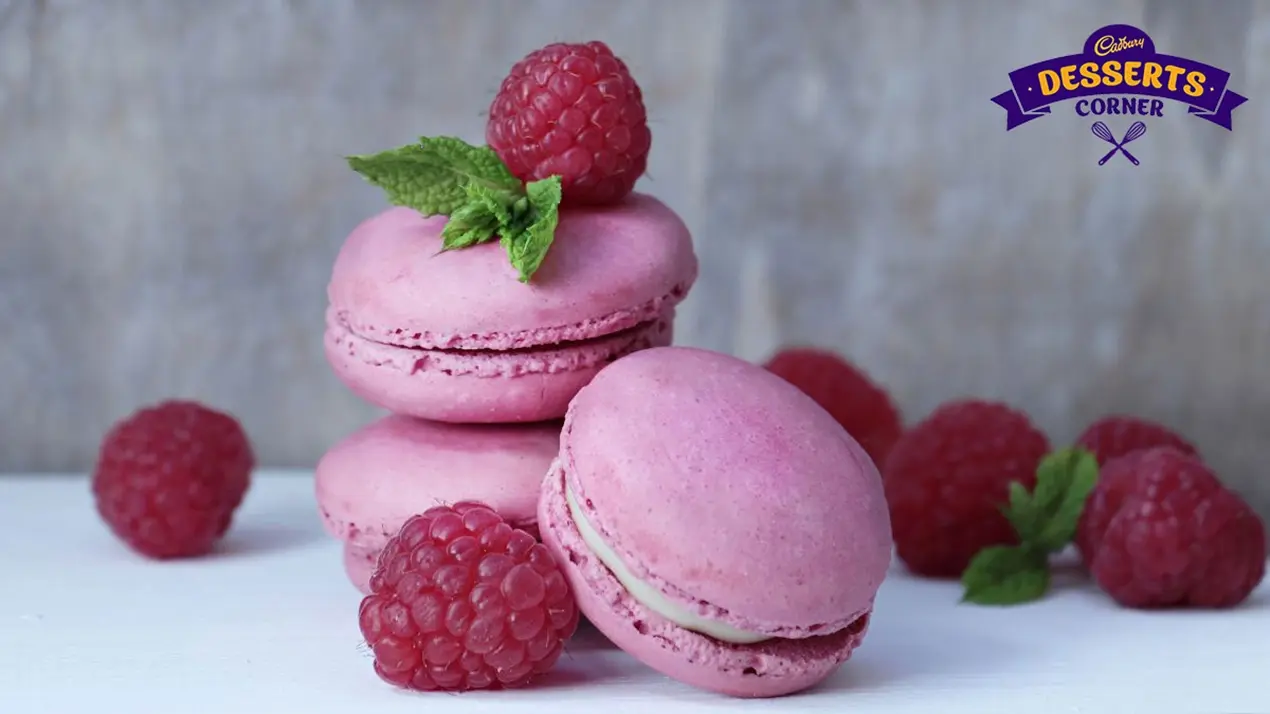

Popular Articles



Trending Web Stories
Curated Recipes










